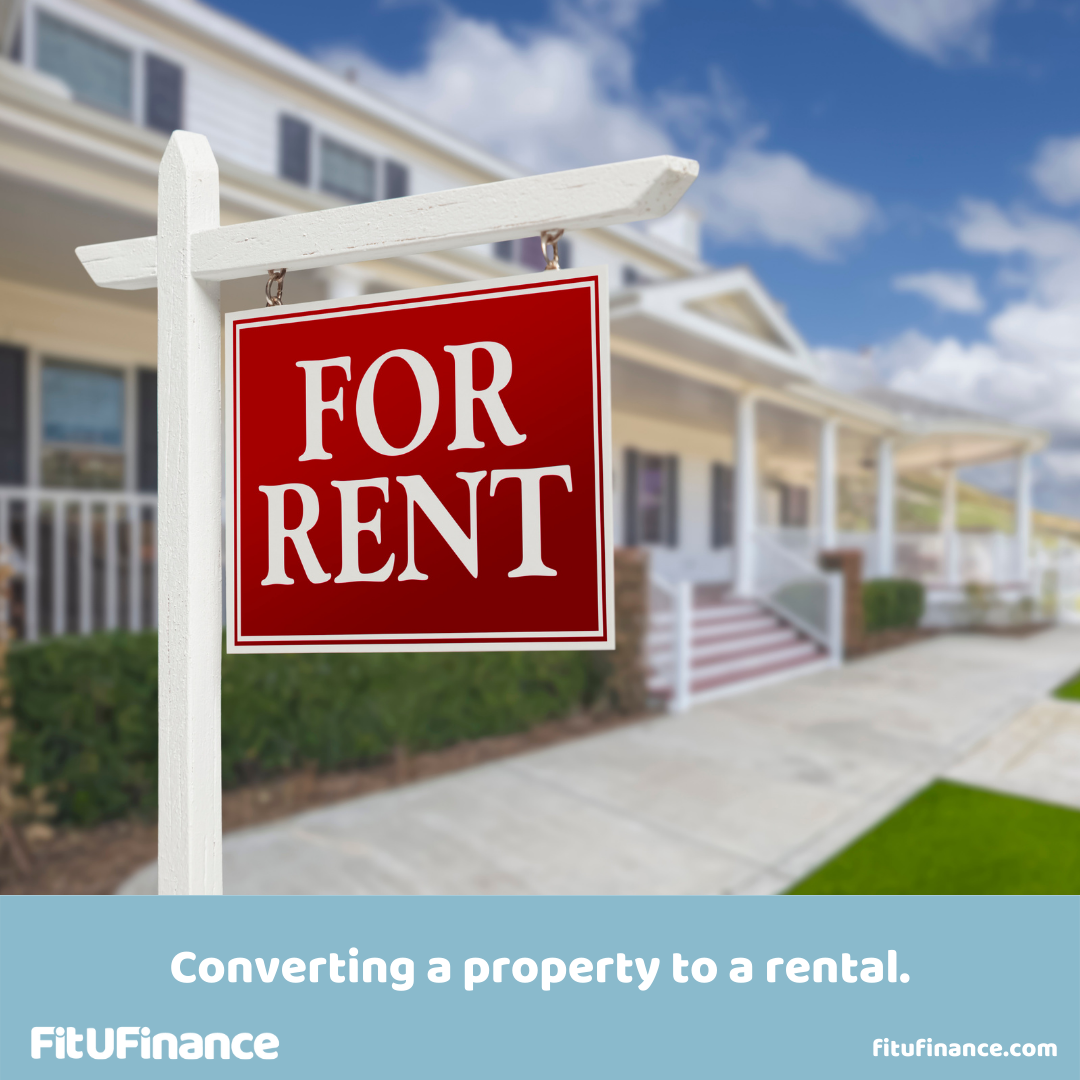10 Steps to Converting a Primary Residence into a Rental Property

What you need to know about converting an owner-occupied residential property into a rental property.
If you are planning to purchase a new home and want to convert your current primary residence to an investment rental property, there are a few things you will need to consider. In this blog, we go over 10 steps to converting your current primary residence into a rental property.
10 steps to convert your current primary residence into a rental property.
Step One – Consult with your accountant and a real estate attorney
This should be done before you do anything else when converting your current primary residence into a rental property. This seems to be obvious, but many who have not owned a rental property in the past overlook this vital first step. Your accountant can give you much-needed advice regarding how a rental property will impact you financially, especially in the areas of income and taxation. Likewise, your attorney should be able to assist you with understanding local laws and can write and/or review any needed contracts like rental agreements, etc.
Step Two – Create a Limited Liability Entity (a corporation or LLC) to own the property.
This is probably the most important step because rental properties come with some risks that are not necessarily inherent with a primary residence including liability for tenants and their actions. To protect yourself from these risks, it is important to establish a legal entity that will own the property and be liable for any obligations or damages these risks pose. If the property is owned by a legal entity, the damages to the original property owner will be limited.
Step Three – Check regulations and restrictions that may apply when converting primary residence to rental.
Check with the local municipality to see if there are any regulations or restrictions that may apply to rental properties and what is required for a new certificate of occupancy. When you first get the idea of renting your property, you may not be aware of all that will be required before you can legally rent to any tenants. These requirements include having the property inspected, completing some updates and repairs, and even restrict whether you may rent your property at all.
Step Four – Review any Homeowner Association (HOA) agreements and/or deed covenants that may contain restrictions for rental properties.
Just like the local municipality, some properties must abide by additional restrictions that are written into their deeds and or HOA agreements including whether or not you can rent it. Ignoring these restrictions will likely create tensions amongst your neighbors and can also lead to legal action against you.
Step Five – Pay off any current mortgage on the property.
If there is a current mortgage on the property, you will need to pay it off and/or refinance with a new mortgage in the entity’s name. When you transfer the title of a property, the mortgagor will likely have an acceleration clause that requires the balance to be paid off in full upon transferring ownership. Not all lenders are favorable to lending on investment properties, so it is important to begin working with a broker who is familiar with these types of loans and has several lenders available and willing to lend money on your rental property.
Step Six – Contact your insurance agent and discuss your intentions.
Policies differ for rental properties, and you must ensure that you have the correct coverage before you rent the property. Often, the premiums on rental properties are higher.
Step Seven – Contact the tax assessor’s office to remove any homestead exemptions.
After the closing, you need to contact the tax assessor’s office to remove any homestead exemptions. If you don’t do this, the local municipality can bill you retroactively from the time you converted the property; they may also impose a fine for not having done so in a timely manner. You will often be required to sign a homestead exemption document at closing which will take care of this.
Step Eight – Ensure you have a sound rental agreement that is aligned with local laws.
Again, your attorney can assist you with this. However, be sure that there are sections in your agreement that specifically list all the tenants over 18 years of age who will be living in the property.
Step Nine – Prepare the home for tenants.
First and foremost, your property must be a safe place to live. This includes ensuring that everything is up to code, the utilities all work, the safety features like fire extinguishers, smoke and carbon monoxide detectors are all present and functioning. You will also want to require your renters to have renter’s insurance to cover damages.
Step Ten – Advertise the property and review potential renters.
This step is the most important before renting the property. Be sure to use a good renter’s application that collects the information and allows you to check into your tenants’ background, job, and financial history. The primary goal is to get good tenants who can pay and have demonstrated good historical behavior as renters. Be sure to do the follow-up checks in a timely manner. You can verify employment, rental history, credit, etc. to ensure you have good tenants.
Contact us today to find out more about how we can help you with the process of converting your primary residence to a rental.
